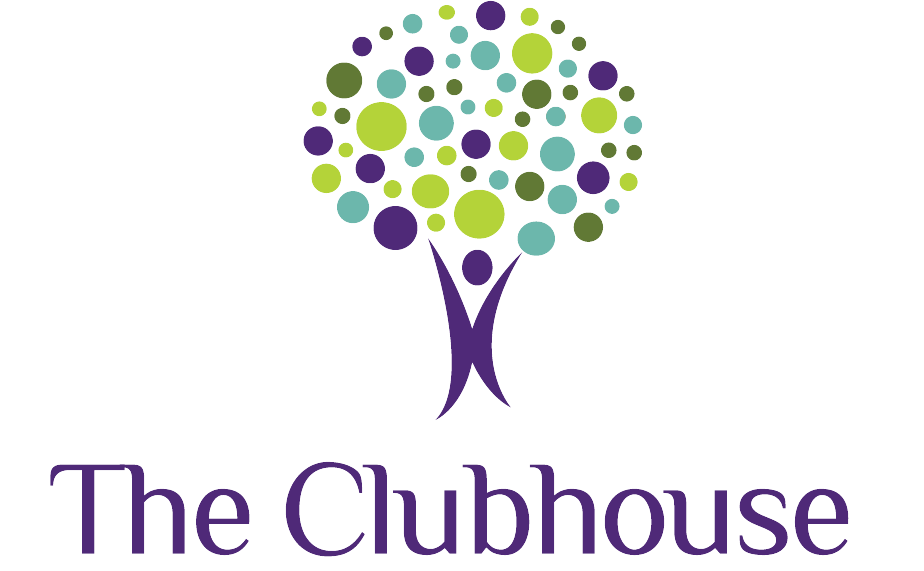By Fatima Huizar, M.A., CCC-SLP/L

Thinking back on my clients who are bilingual and also have a speech/language impairment reminds me of how complex the brain truly is! As a bilingual SLP who works in both the Early Intervention and school setting, I can’t tell you how many times parents have told me that they stopped speaking to their child in their home language (Spanish, Polish, etc) so that they didn’t confuse him/her with learning two languages. It makes sense right? But wait. How can we learn a second language, if we didn’t build an understanding of concepts and vocabulary in our first language? If I were to learn a new language, it would be much easier to learn that “manzana” means “apple” than to relearn the concept that it is something I can eat and it has a distinct texture, smell, shape, color, etc.
Ceasing to speak the home language is very common, and parents definitely have their child’s best interest at heart. However, it’s important to understand why sharing a common language between parent and child is so important. Who were the primary people to teach you lessons, express care, make you laugh, and show you structure? Your parents!! These small, yet significant, life events provided all of us with an infinite number of language-learning opportunities before we even met our kindergarten teacher.
Since parents are the first “teachers of language,” it’s important to speak to the child in the language that the parents will be able to provide better grammar, sentence structure, and pronunciation of words. Otherwise, the child’s academic performance such as reading and writing can be hindered. Remember, it will be easier for the child to pick up on the English language if they have a good foundation of the first language.
Another reason for speaking the home language is that it is a beautiful part of culture! Be proud to be bilingual! Plus, it looks great on a resume 🙂
